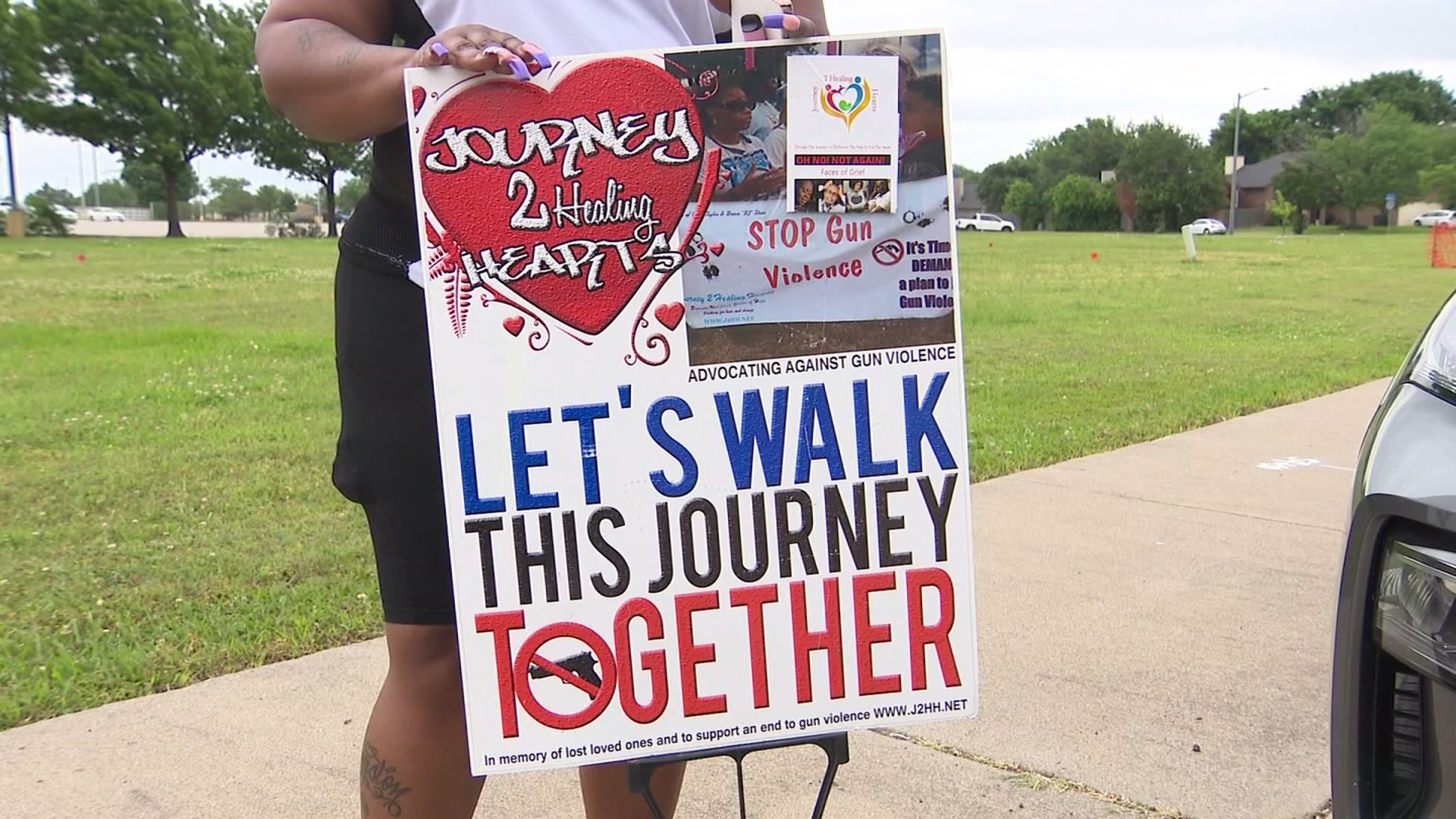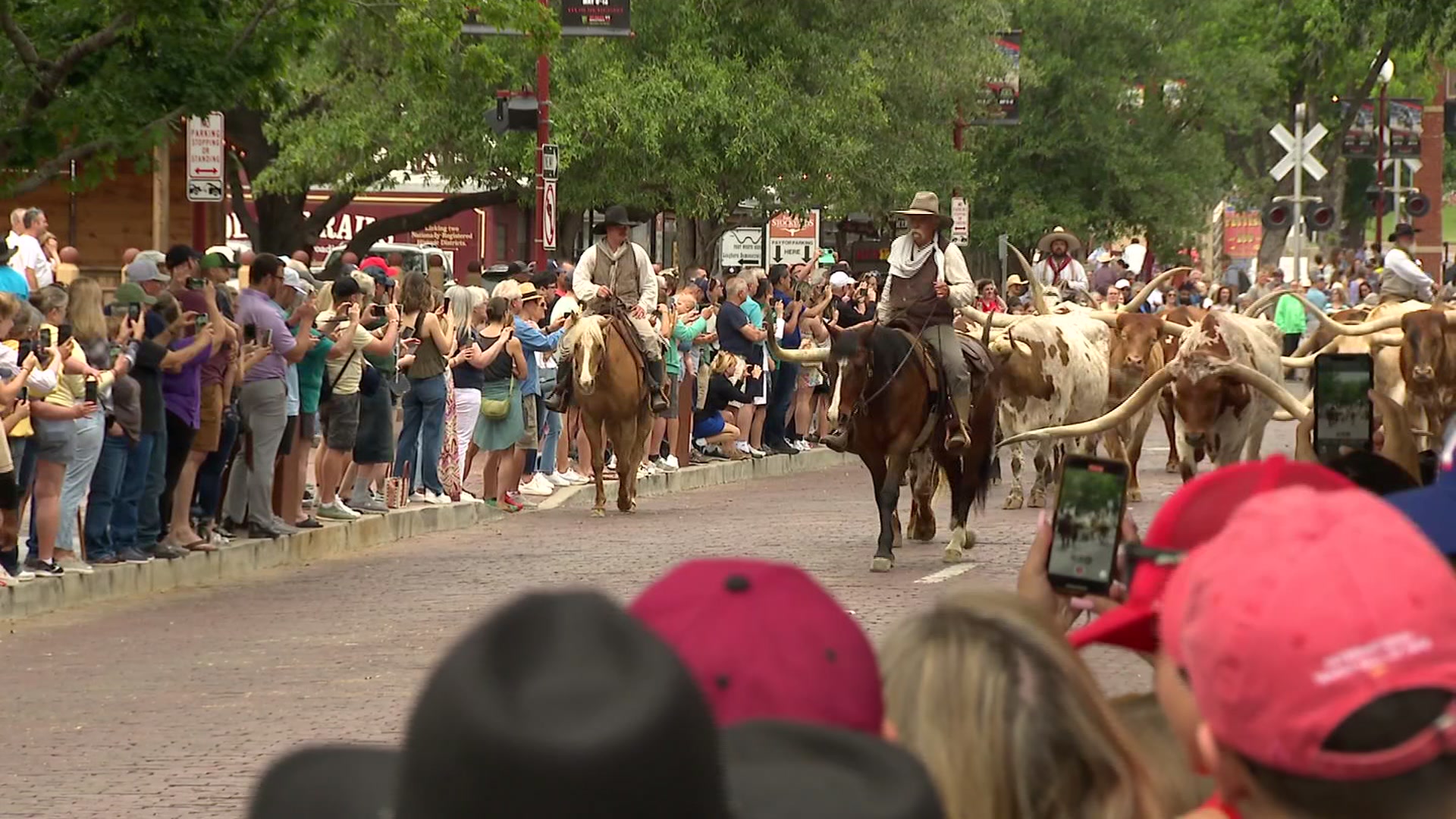Texas engineers have developed a taller, heavier bridge rail to help prevent vehicles from rolling off overpasses.
On the night of Jan. 16 Charqual McMath was driving on the President George Bush Turnpike in Richardson when she lost control of her SUV. The vehicle rolled several times, before toppling over the guardrail and dropping 65 feet to a parking lot below.
The impact killed her daughter, sister and niece.
"I didn't even know we went off a bridge, and then we fell and I kept thinking, 'How did we get down here? How did we get down here?'" McMath told NBC5 in January.
On the campus of Texas A&M University, engineers are working to prevent another tragedy from occurring.
William Williams, an associate research engineer with Texas A&M Transportation Institute, said the chances of a large vehicle leaving a bridge are greater now than just five years ago.
"Today's vehicle is taller, faster, heavier," said Williams. "Given the change in the vehicle fleet – the greater weights of vehicles, the heavier vehicles today – that chance and probability has increased."
Local
The latest news from around North Texas.
"We've had problems with large trucks leaving the roadway and impacting bridge piers and causing bridges to collapse on roadways," Williams added.
A 2013 fiery crash in Grand Prairie is one example. An 18-wheeler flew off an Interstate 30 overpass and fell on to the highway below.
To prevent those crashes, Williams and the Texas Department of Transportation developed a new taller and heavier guardrail, then tested it by driving a 40-ton tractor into the bridge rail.
The rail worked. It keep the vehicle upright, and a test dummy inside the cab remained unharmed.
Engineers said if the rail could keep the 18-wheeler upright, it would also prevent other vehicles from rolling off the road.
"Our first and foremost objective is to keep the vehicle from going through or over the bridge," said Williams.
According to TxDOT, no decisions have been made regarding where the new bridge rail will be installed, but future decisions will be based on volume of truck traffic, accident history and nearby features that may need added protection.
"It is also ideal for multi-level metropolitan roads, to prevent trucks from going over and on the roadway below; elevated areas over schoolyards; bridges next to industrial facilities; environmentally sensitive zones; and large transit facilities, where a vehicle rolling over a bridge railing could cause catastrophe," said Mark Cross, with TxDOT Media Affairs, in a statement.
According to Williams, the new rail should help save lives, and other states will be watching what happens in Texas to determine if they should install the rail, too.
"Let's give the occupants of that vehicle the greatest chance of survival," said Williams.



